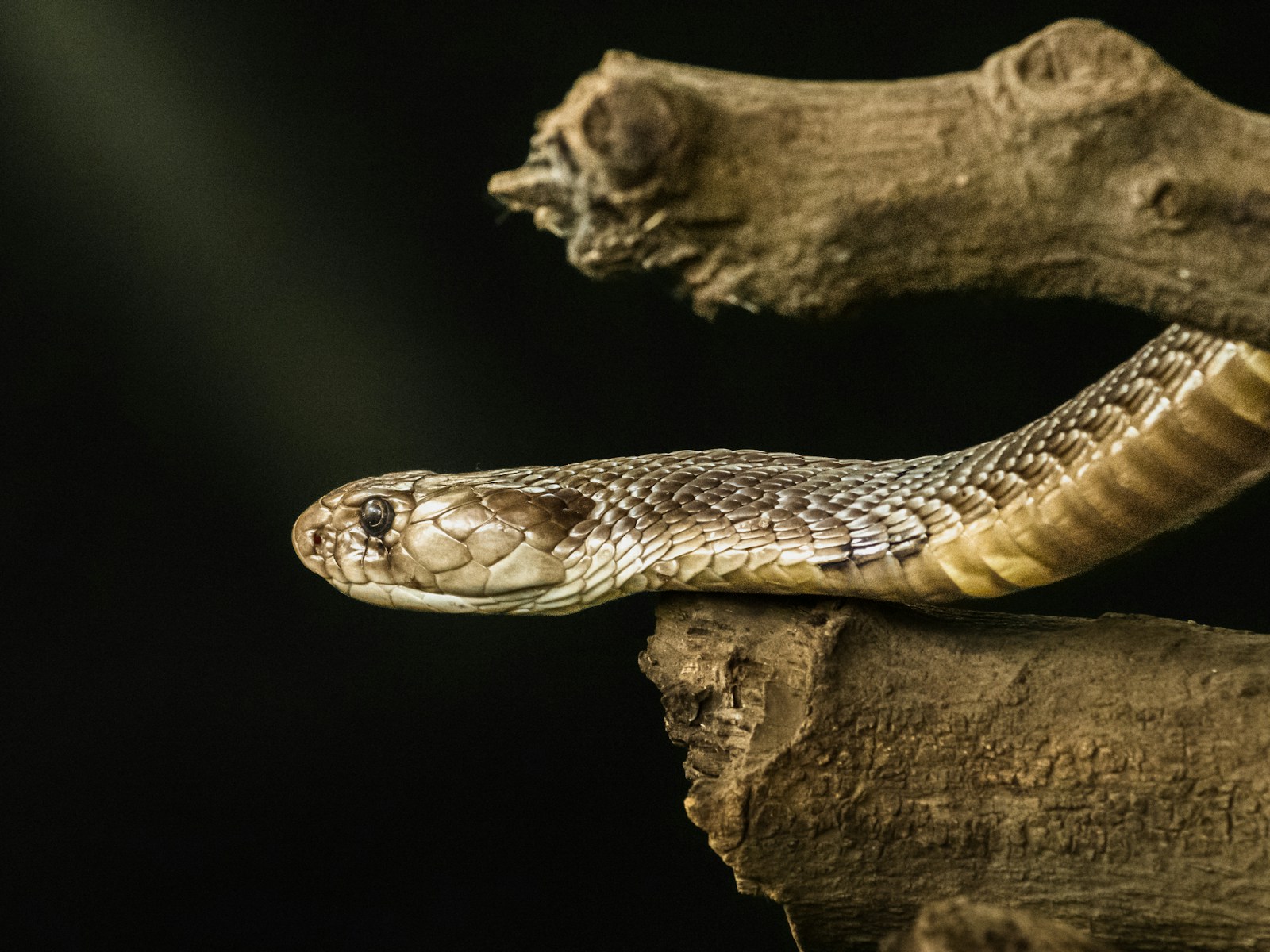Snakes are often misunderstood creatures, frequently perceived as aggressive when they’re merely being defensive. Understanding snake body language is crucial for both wildlife enthusiasts and those who unexpectedly encounter these reptiles in the wild. A snake’s defensive posture isn’t random—it’s a sophisticated communication system developed over millions of years of evolution, designed to warn potential threats before resorting to a bite. By learning to read these signals, we can better respect a snake’s boundaries, reduce negative encounters, and appreciate these remarkable animals for what they are: creatures simply trying to survive. This guide will help you interpret the various defensive postures snakes adopt when they feel threatened, providing valuable insights into their behavior and how to respond appropriately.
The Difference Between Defensive and Aggressive Behavior
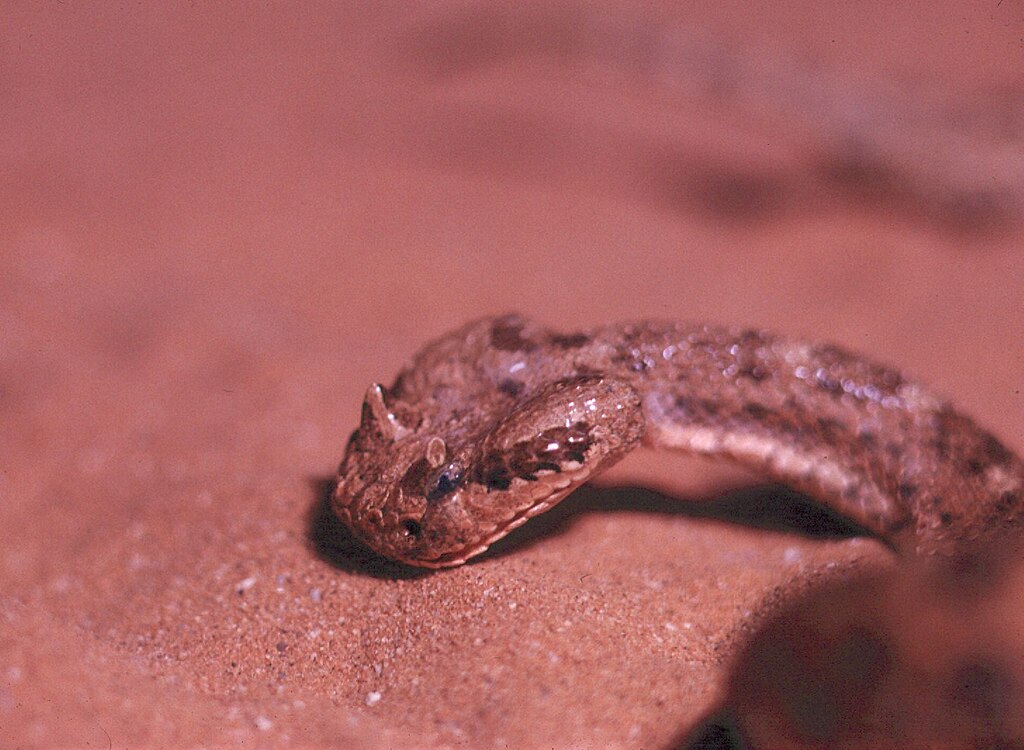
Contrary to popular belief, snakes rarely display true aggression toward humans and primarily exhibit defensive behaviors when they feel threatened. A defensive snake is responding to what it perceives as a potential predator, while aggressive behavior would involve actively pursuing a threat, which snakes almost never do with humans. Most snake bites occur when people fail to recognize defensive warnings or accidentally surprise a snake that feels cornered. Understanding this fundamental distinction helps reframe our perception of snake encounters—they aren’t out to get us; they’re simply trying to protect themselves from what they perceive as a dangerous giant. This perspective shift is the first step toward safely interpreting snake body language.
The S-Curve or Coiled Posture
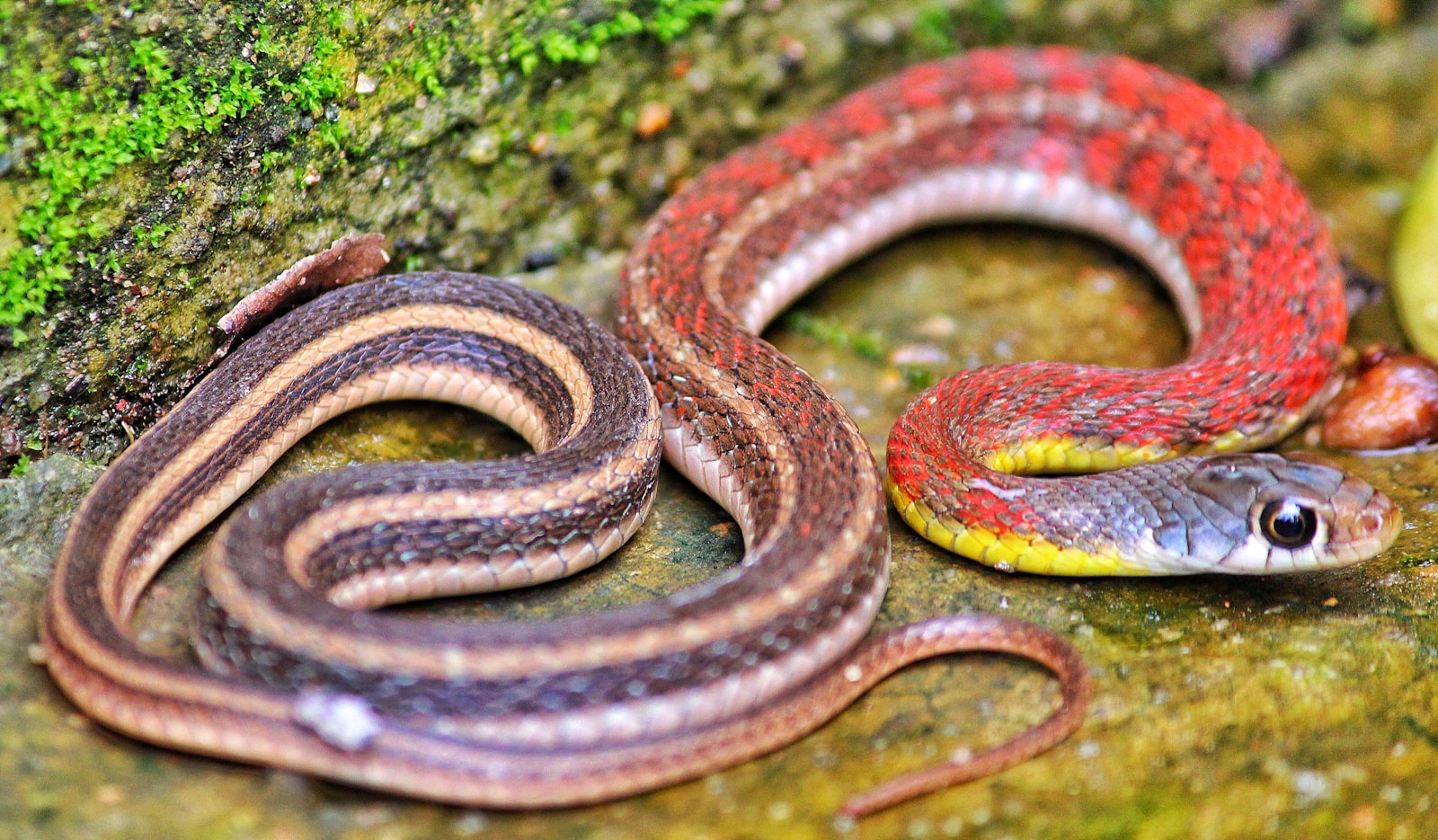
One of the most common defensive postures you’ll observe in snakes is the S-curve or coiled position, which serves as both a warning and preparation for possible defensive action. When a snake forms its body into an S-shape, it’s essentially loading a spring, creating potential energy that allows for a quick strike if necessary. This posture gives the snake maximum striking range while maintaining the ability to retreat quickly if an escape opportunity presents itself. The tightness of the coil and frequency of repositioning can indicate the snake’s level of agitation—a loosely coiled snake that remains still is generally less threatened than one that repeatedly adjusts its position with tight, compact coils. Many species, from rattlesnakes to rat snakes, adopt this classic defensive position when they feel threatened but aren’t yet committed to fleeing or striking.
Head Triangulation in Non-Venomous Species

Some non-venomous snakes have evolved a fascinating mimicry behavior where they flatten their heads into a triangular shape resembling venomous vipers. Species like the eastern hognose snake and certain water snakes can dramatically transform their head shape when threatened, creating the distinctive triangular head associated with venomous species like rattlesnakes and copperheads. This deceptive display is purely bluff—an evolutionary adaptation designed to make potential predators think twice before attacking. The flattening occurs as the snake spreads its jaw hinges outward, creating the illusion of a more dangerous adversary. When you observe this behavior, it’s important to remain calm and give the animal space, even though it may not possess venom—the snake is clearly communicating that it feels threatened and is trying to avoid conflict.
Tail Rattling and Vibration Signals
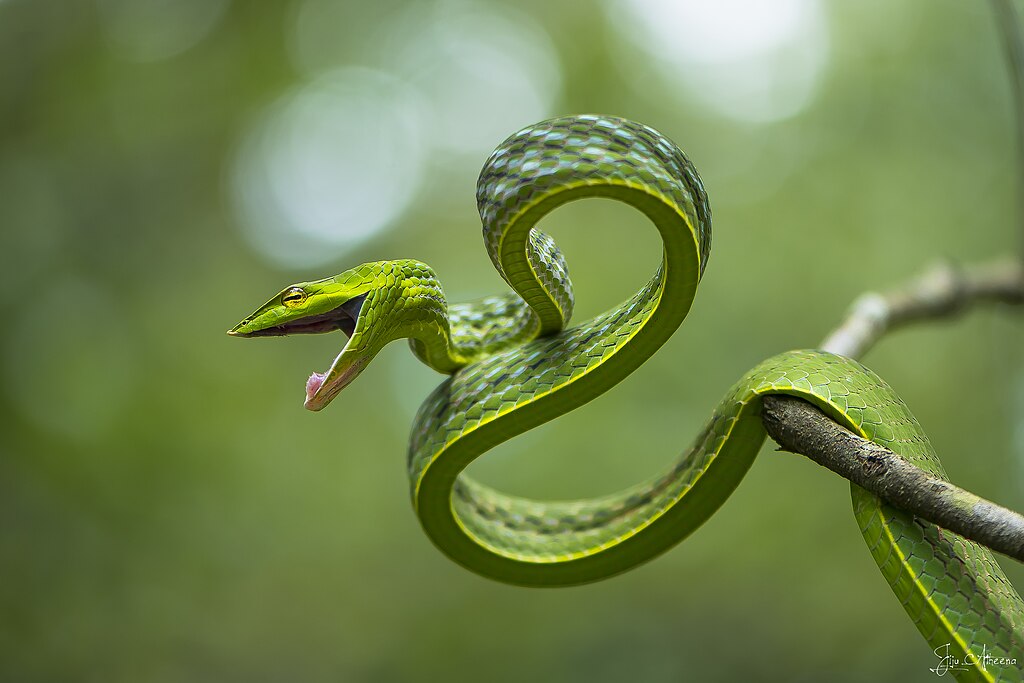
Tail rattling isn’t exclusive to rattlesnakes—many non-venomous species rapidly vibrate their tails against leaves or ground debris to create a warning sound when threatened. This behavior appears in diverse species including rat snakes, corn snakes, bull snakes, and kingsnakes, representing a case of convergent evolution where different species independently developed similar warning systems. When a non-venomous snake rattles its tail in dry leaves, the resulting sound can be remarkably similar to a rattlesnake’s warning, potentially confusing predators and humans alike. The intensity and duration of the tail vibration often correlate with the snake’s stress level—a prolonged, vigorous rattle indicates a highly threatened animal. This defensive technique is particularly effective in environments where rattlesnakes are present, as predators have already learned to associate the sound with danger.
The Strike Posture
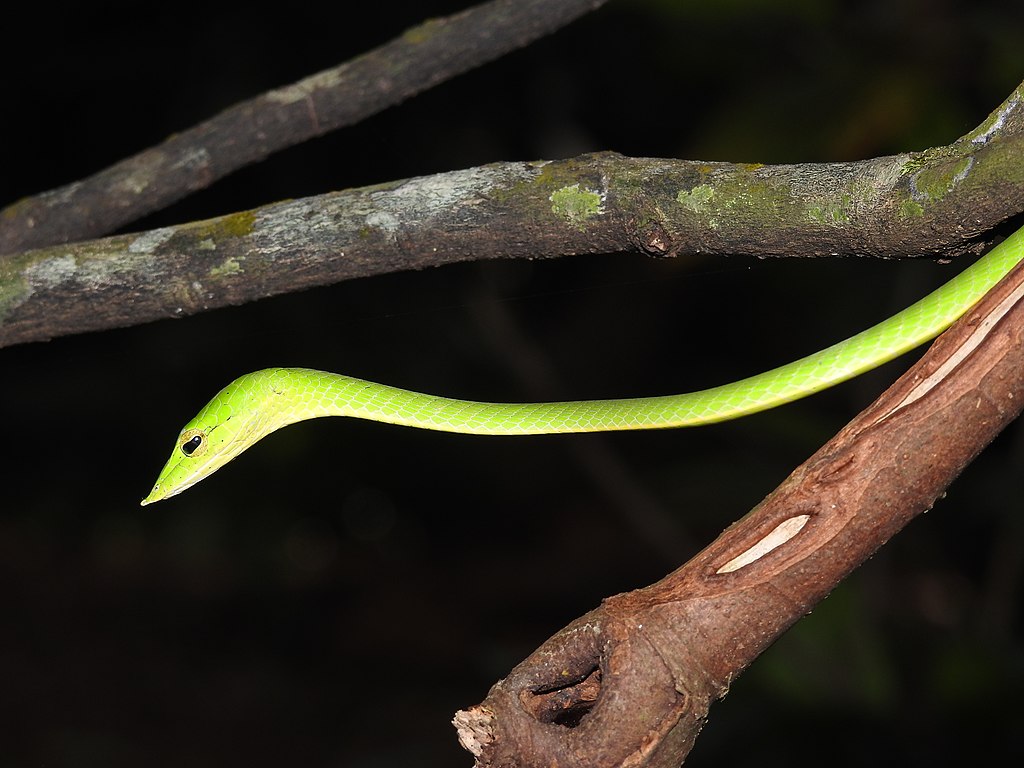
A snake in strike posture has elevated the forward portion of its body, formed a tight S-curve, and directed its head toward the perceived threat, signaling it’s prepared to defend itself with a bite if necessary. This position represents one of the most advanced warning stages before actual defensive contact occurs. The height of the elevated body section and the fixation of the snake’s gaze can indicate its readiness to strike—higher elevation and unwavering focus suggest imminent action. In many species, the strike posture is accompanied by other warning signals like hissing, tongue flicking, or tail rattling, creating a multi-sensory deterrent. When you encounter a snake displaying this unmistakable posture, immediate but slow retreat is advised, as any sudden movements might trigger the defensive strike the snake is preparing for.
Mouth Gaping and False Strikes
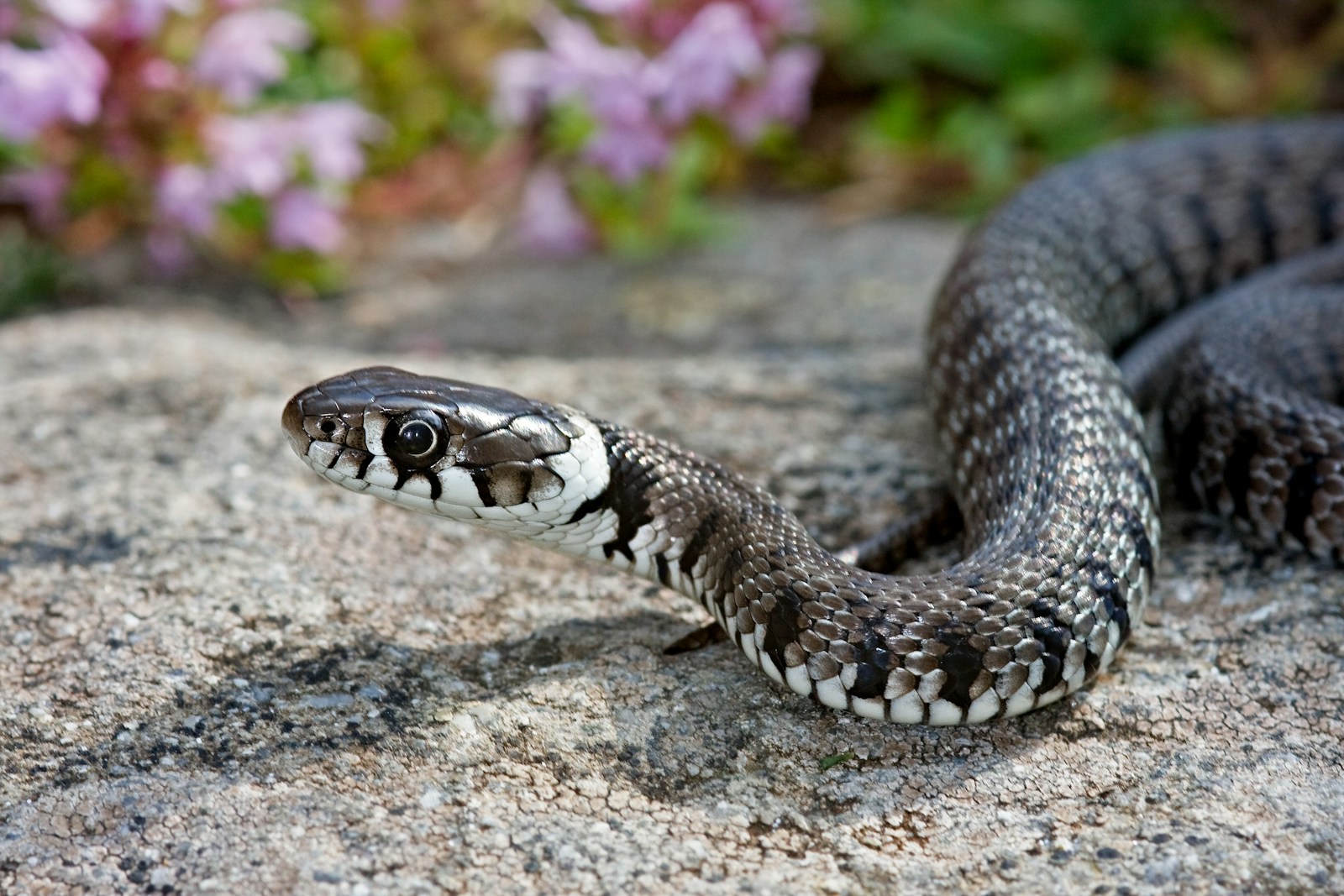
Some snake species perform impressive bluffing displays that include wide-open mouth gaping and false strikes with closed mouths to deter threats without actually biting. The eastern hognose snake is particularly renowned for this behavior, dramatically opening its mouth to display the interior while making hissing sounds and lunging forward with closed jaws. These false strikes involve the snake propelling its body forward but deliberately missing or not attempting to make contact with the perceived threat. This theatrical performance serves as a last warning before the snake might resort to more drastic defensive measures or, as in the case of the hognose, play dead as a final strategy. The frequency and intensity of these displays often escalate if the initial warnings don’t succeed in creating distance between the snake and the potential threat.
Hissing and Auditory Warnings
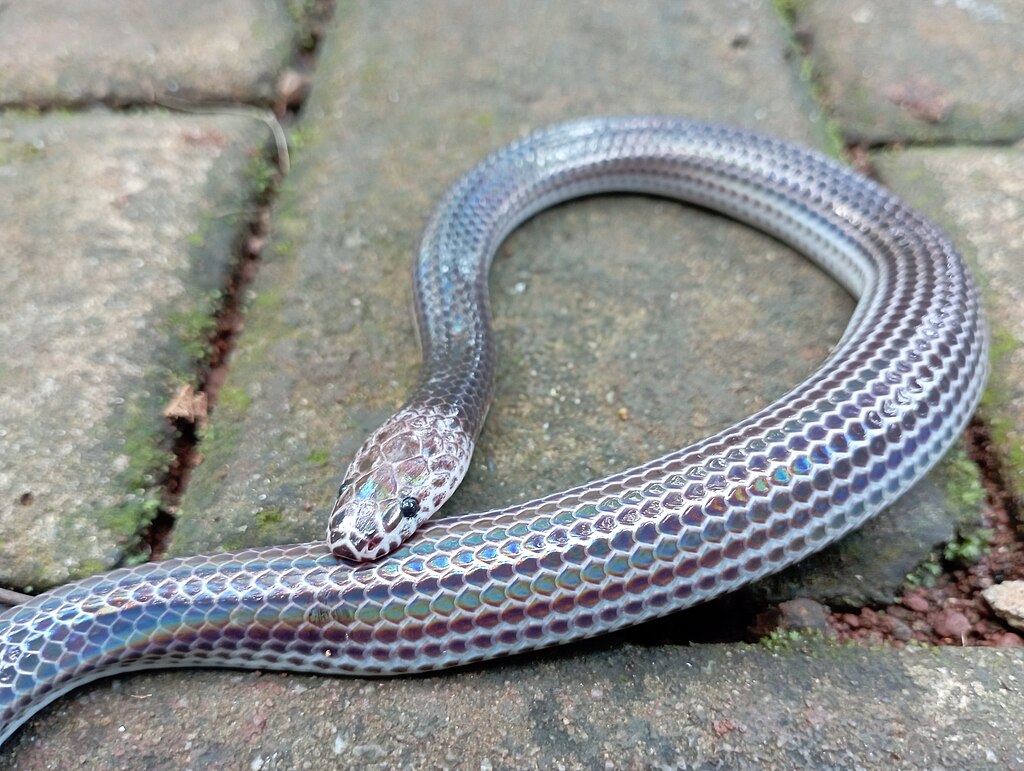
Hissing is a universal snake warning signal produced when the animal forcefully expels air through a specialized structure in its mouth called the glottis, creating an unmistakable sound that even large mammals recognize as threatening. The volume and duration of a hiss can vary significantly between species—bull snakes and pine snakes produce particularly loud, forceful hisses that can be heard from several meters away. Some species like the bull snake have evolved modified glottis structures that produce especially intimidating sounds, sometimes described as locomotive-like or growl-like. Hissing nearly always indicates a highly defensive state and should be taken as a serious warning to maintain or increase your distance from the animal. This auditory warning often accompanies visual displays like body inflation, head flattening, or coiling, creating a multifaceted defensive communication.
Body Inflation and Size Exaggeration
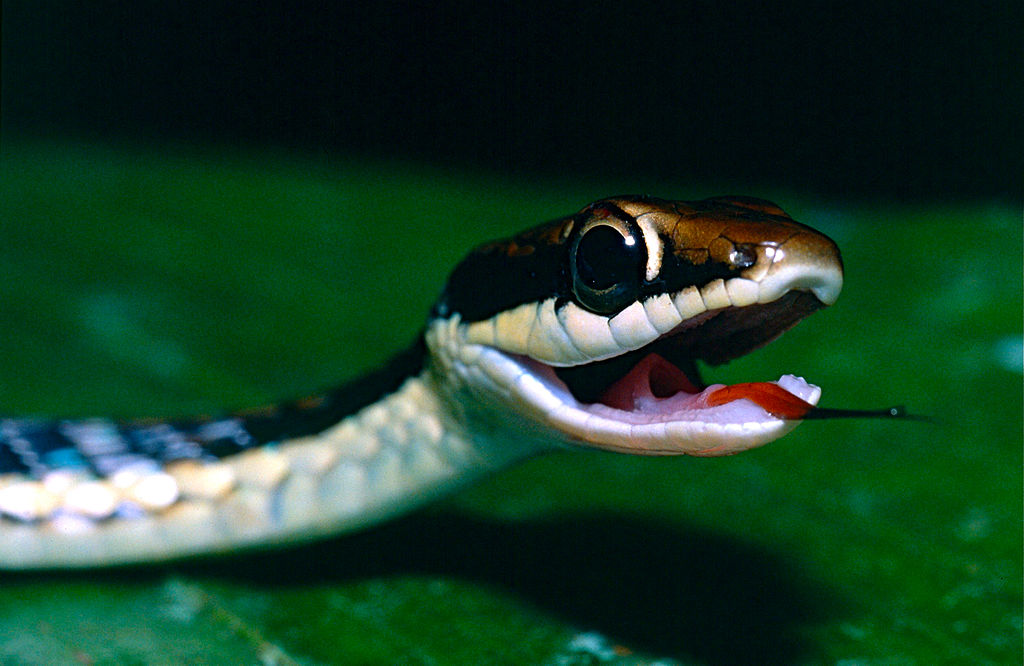
Many snake species have the remarkable ability to inflate their bodies, making themselves appear larger and more intimidating when they feel threatened by potential predators. This defensive technique involves the snake expanding its ribcage and flattening portions of its body, sometimes increasing its apparent size by up to 30-40% in species like cobras and hognose snakes. The cobra’s hood is perhaps the most famous example of this behavior, created when the snake stretches the ribs behind its head outward, transforming its neck region into an impressive, flattened display. Some species combine inflation with altered body positioning, raising the front portion of their body off the ground to maximize their perceived size. This behavior represents a clear statement that the snake feels threatened and is attempting to deter an encounter without resorting to biting.
Death-Feigning or Playing Dead
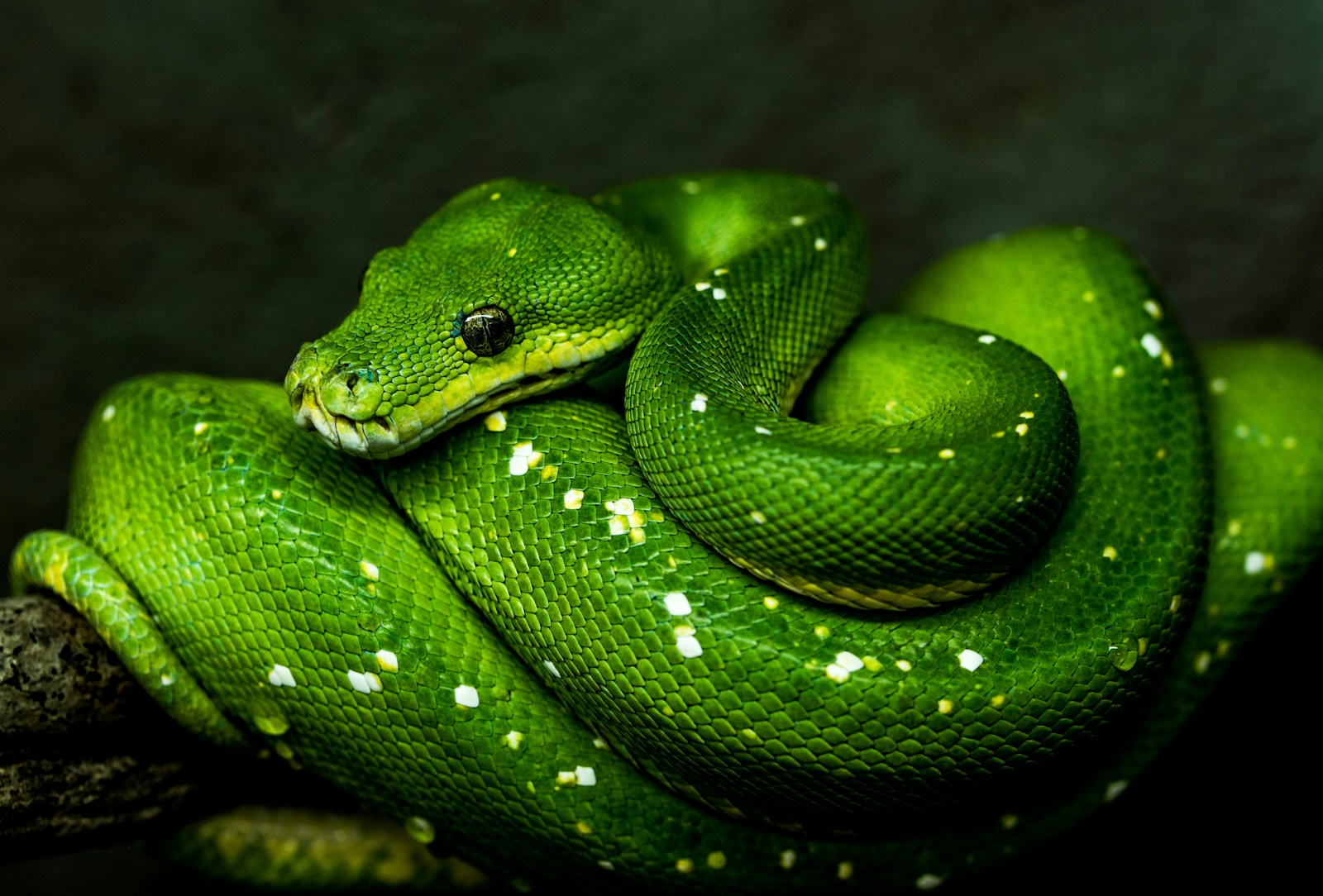
Some snake species, most famously the eastern and western hognose snakes, have evolved the extraordinary ability to feign death when severely threatened, a behavior known scientifically as thanatosis. When a hognose snake implements this last-resort defensive strategy, it will dramatically roll onto its back, open its mouth, let its tongue hang out, and may even release a foul-smelling musk from its cloaca while completely relaxing its body to appear lifeless. This elaborate performance can be so convincing that even experienced herpetologists might momentarily be fooled by the display. What makes this behavior particularly interesting is that if the “dead” snake is turned right-side up, it will often roll back onto its back, inadvertently revealing the ruse. This dramatic behavior evolved because many predators avoid dead prey, giving the snake an opportunity to escape once the threat has passed.
Color Changes and Warning Displays
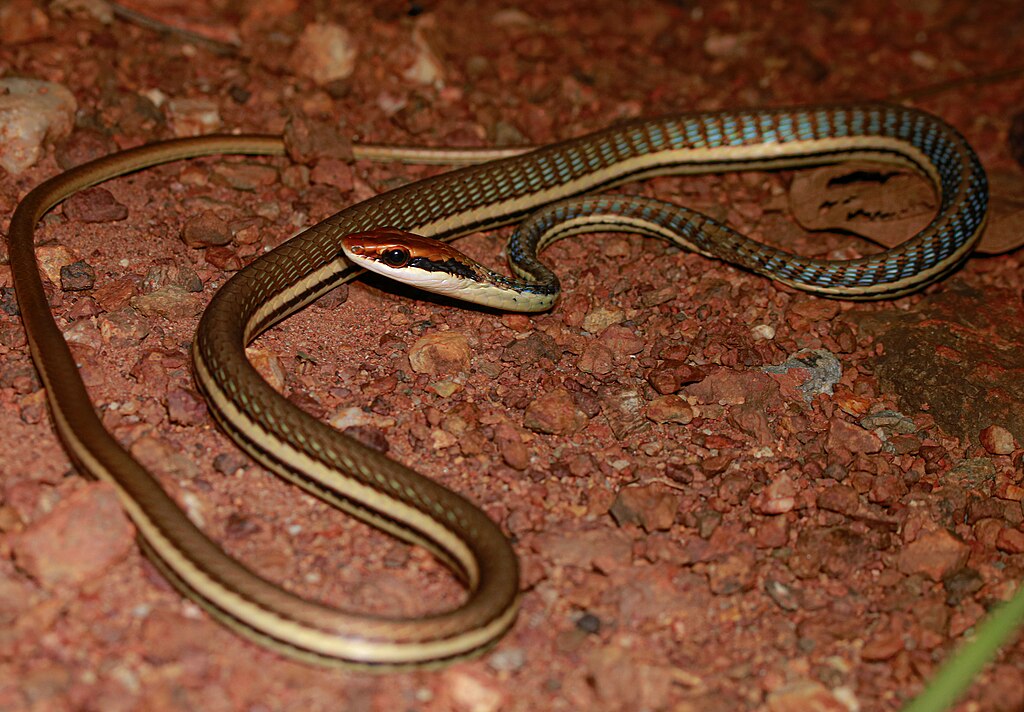
Some snake species can undergo subtle but noticeable color intensity changes when threatened, enhancing their warning displays or camouflage mechanisms. The cottonmouth (water moccasin), for example, may appear to darken under threat, while the inside of its mouth—displayed in its defensive gape—shows the bright white lining that gives the species its common name. Certain coachwhip snakes might seem to intensify their patterns when agitated, though this is primarily due to increased blood flow and subtle muscle contractions affecting how light reflects off their scales. While not as dramatic as the color changes seen in some lizards or amphibians, these visual modifications supplement other defensive displays and make warning patterns more conspicuous. These changes typically occur alongside other defensive behaviors and serve to enhance the overall deterrent effect of the snake’s defensive posture.
Defensive Retreating Behaviors

Contrary to popular belief, most snakes prefer retreat as their primary defense strategy and will only stand their ground when they feel cornered or when escape routes appear blocked. Many species will first freeze when detecting a potential threat, relying on camouflage before choosing to flee or display defensive postures. The retreating behavior often follows a specific pattern—initial freezing, followed by slow movement away if the threat doesn’t approach, escalating to rapid escape if the threat persists or comes closer. Some species, particularly arboreal snakes like vine snakes, may retreat upward into vegetation rather than across open ground where they feel more vulnerable. Understanding that a snake’s preferred response is typically to escape rather than confront emphasizes the importance of providing clear exit paths during accidental encounters—blocking a snake’s retreat route is often what triggers more aggressive defensive displays.
Species-Specific Defensive Displays
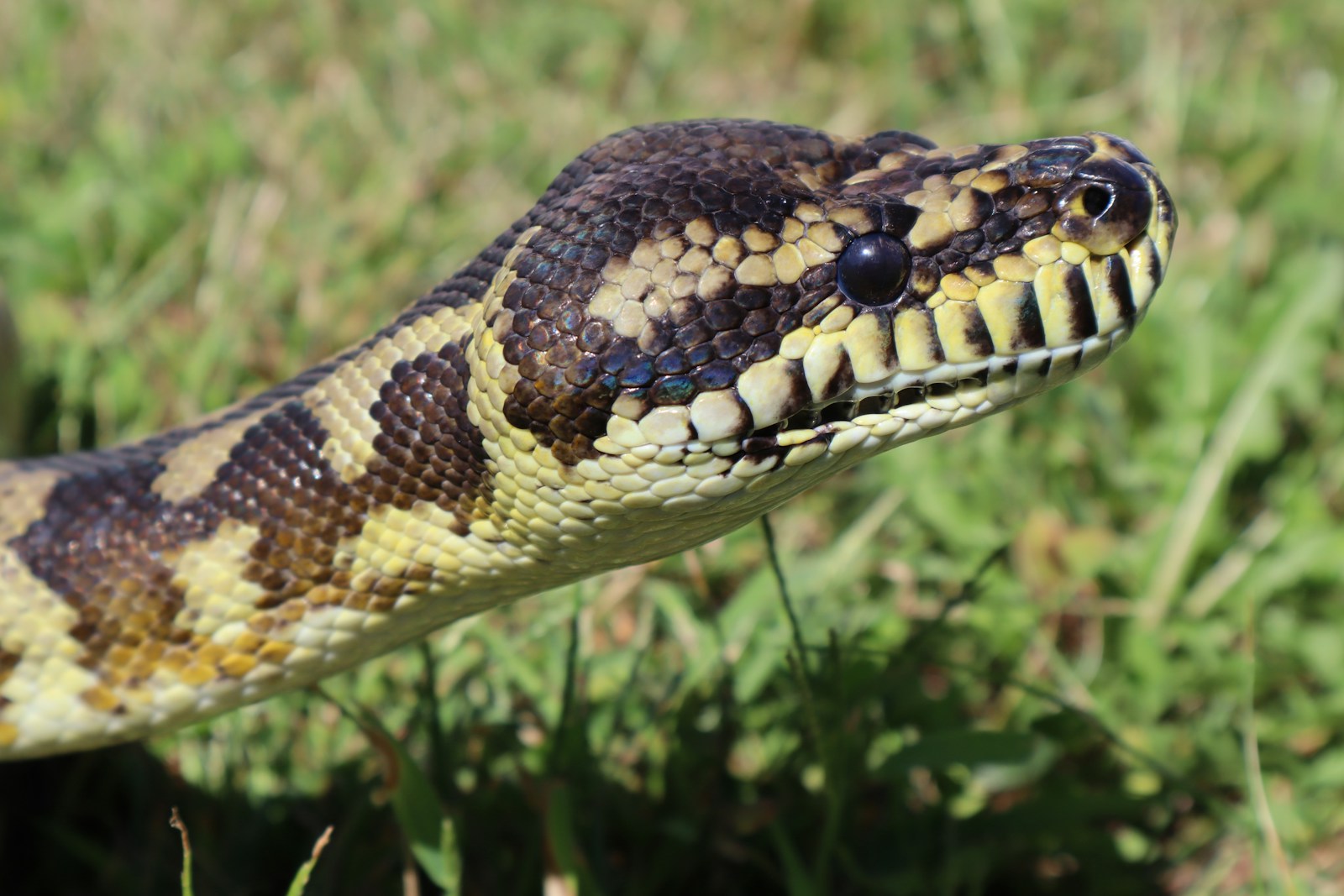
Different snake species have evolved unique defensive displays that can help with identification and appropriate response during encounters. Cobras and king cobras display their iconic hoods and may perform impressive vertical displays where they raise the front third of their body off the ground while facing the threat. Rattlesnakes not only use their namesake rattle but often adopt a tight coil with head and tail elevated simultaneously—the head for potential striking and the tail for warning. Hognose snakes perform one of the most elaborate defensive routines in the snake world, progressing from hood spreading and false strikes to death-feigning if threats persist. Indigo snakes may vibrate their tails while simultaneously flattening their neck region and hissing loudly, combining multiple warning signals. Recognizing these species-specific displays can provide crucial information about which snake you’re encountering and how seriously it perceives the threat you may represent.
How to Respond to Defensive Snake Postures
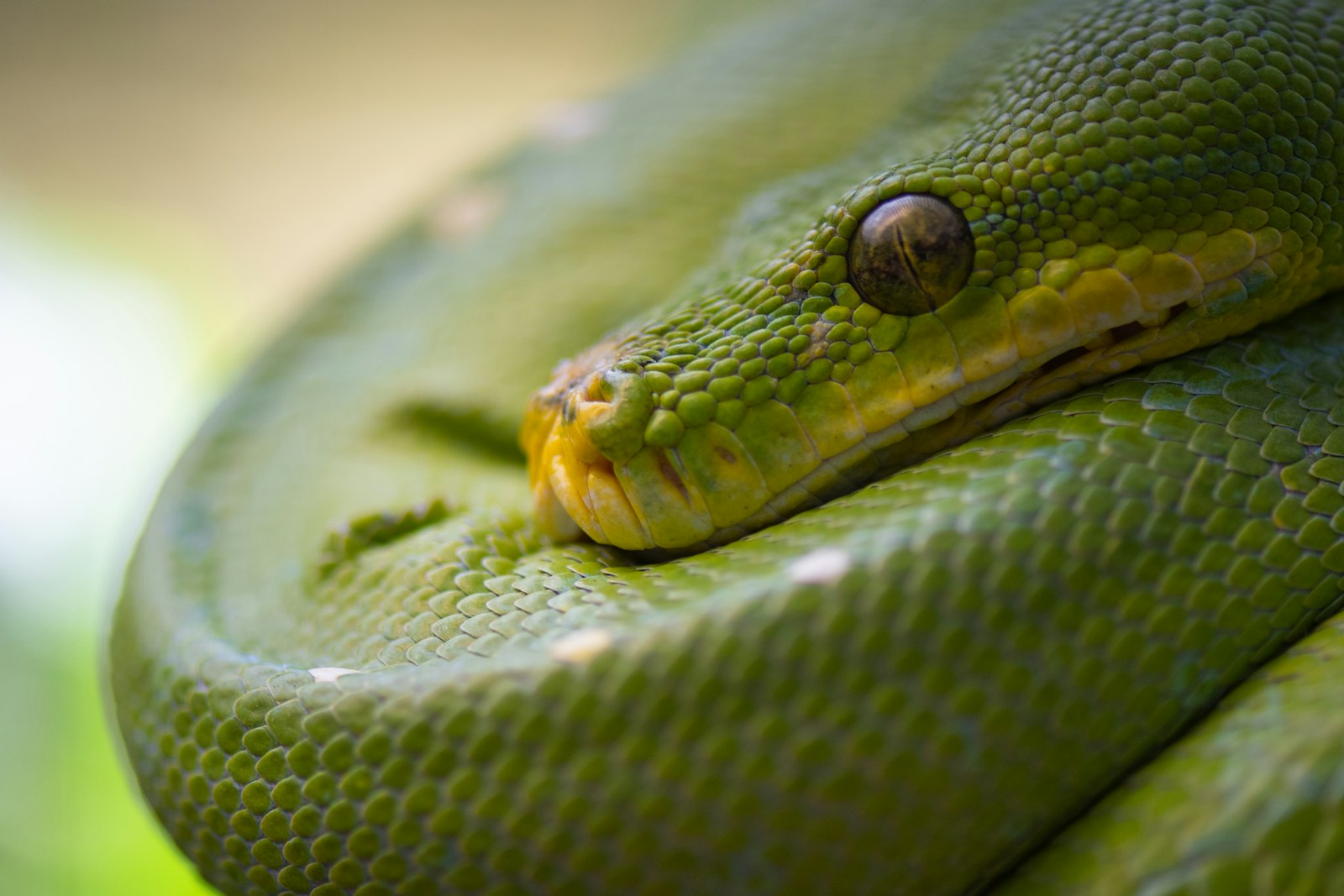
When encountering a snake displaying defensive postures, the most effective response is to slowly and calmly back away, giving the animal ample space and time to retreat on its own terms. Sudden movements, attempts to handle or move the snake, or approaching for a closer look will likely escalate the defensive behavior and increase the risk of a bite. Maintain a minimum distance of at least twice the snake’s body length—approximately six feet for most North American species—remembering that many snakes can strike up to half their body length. If you’re with others, calmly alert them to the snake’s presence without shouting or making dramatic gestures that might further stress the animal. After moving to a safe distance, take the opportunity to observe and appreciate the snake’s behavior from afar, recognizing that these defensive displays offer fascinating glimpses into wildlife communication systems developed over millions of years of evolution.
Understanding snake defensive postures is more than just a safety skill—it’s a window into the sophisticated communication of these remarkable reptiles. By learning to interpret these signals, we develop a deeper appreciation for how snakes interact with their environment and respond to perceived threats. This knowledge helps foster coexistence rather than conflict, allowing us to respond appropriately during chance encounters. Next time you spot a snake displaying defensive behavior, remember that it’s not being aggressive—it’s communicating its boundaries and fears through a complex language of postures and movements. With this understanding, we can move beyond unwarranted fear toward a more informed respect for these important and often misunderstood members of our ecosystem.

